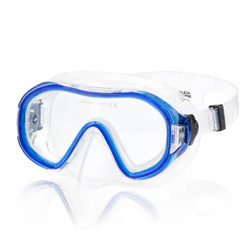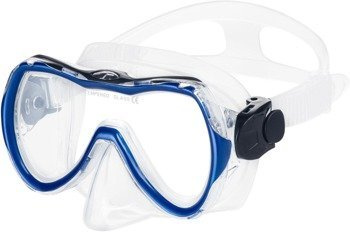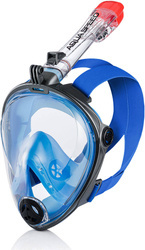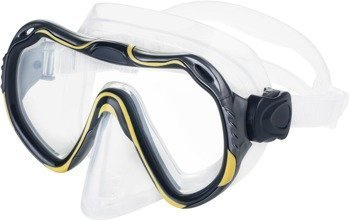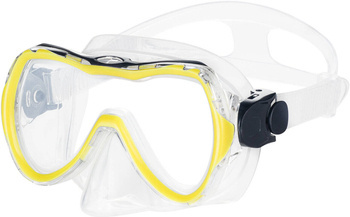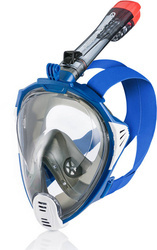Diving Masks – Which Mask is Best for Snorkeling?

Fascination with the underwater world allows modern explorers to pursue their passion using increasingly advanced equipment. A mask is an essential piece of gear for every diver. For snorkeling, the trendy full-face diving masks have become popular in recent years, although traditional masks with a widened field of vision are also excellent choices. So, what should you pay special attention to when buying a diving mask?
Snorkeling – What Is It?
Snorkeling is about admiring the beauty of the underwater world at shallow depths. The most spectacular views are found in the shallow waters of warm seas. Those fortunate enough to stay near coral reefs also have the opportunity to witness stunning underwater flora and fauna. Interestingly, swimming skills aren’t even necessary for snorkeling, though they are certainly helpful. Being able to swim allows for diving to greater depths and makes observation easier, as swimmers can focus on exploring rather than staying afloat. Equipment for exploring shallow depths typically includes a diving mask (either full-face or standard), a snorkel, and fins.
What Masks Are Available for Snorkeling?
Depending on personal preferences, you can choose between traditional masks and full-face snorkeling masks. Beyond selecting the right type of mask, it’s even more important to ensure it fits your face properly. A well-fitted mask ensures comfort and an enjoyable snorkeling experience, regardless of the type of equipment used.
Traditional Diving Mask
Its design is very simple. A traditional diving mask (covering the eyes and nose) is typically used alongside a snorkel. The market offers many models, varying in both features and price. However, when engaging in snorkeling, it’s not advisable to cut corners on equipment. Higher-end products generally provide a better fit for the face and a well-designed snorkel mouthpiece that sits comfortably against the gums. All of this contributes to a better experience underwater. A particularly useful feature in this context is a water-draining system for the snorkel to handle accidentally inhaled water. Proper silicone valves ensure that a strong exhalation almost instantly clears the snorkel, allowing for continued, easy breathing.



